The Discipline of Organizing: Professional Edition Robert J. Glushko
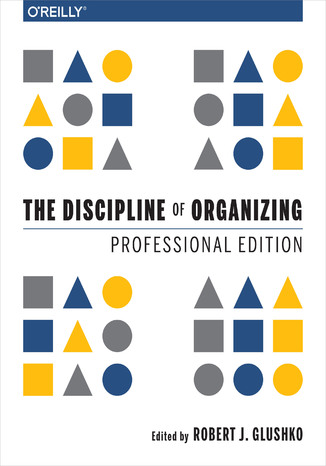



- Autor:
- Robert J. Glushko
- Wydawnictwo:
- O'Reilly Media
- Ocena:
- Stron:
- 560
- Dostępne formaty:
-
ePubMobi
Opis
książki
:
The Discipline of Organizing: Professional Edition
Note about this ebook: This ebook exploits many advanced capabilities with images, hypertext, and interactivity and is optimized for EPUB3-compliant book readers, especially Apple's iBooks and browser plugins. These features may not work on all ebook readers.
We organize things. We organize information, information about things, and information about information. Organizing is a fundamental issue in many professional fields, but these fields have only limited agreement in how they approach problems of organizing and in what they seek as their solutions.
The Discipline of Organizing synthesizes insights from library science, information science, computer science, cognitive science, systems analysis, business, and other disciplines to create an Organizing System for understanding organizing. This framework is robust and forward-looking, enabling effective sharing of insights and design patterns between disciplines that weren’t possible before.
The Professional Edition includes new and revised content about the active resources of the "Internet of Things," and how the field of Information Architecture can be viewed as a subset of the discipline of organizing. You’ll find:
- 600 tagged endnotes that connect to one or more of the contributing disciplines
- Nearly 60 new pictures and illustrations
- Links to cross-references and external citations
- Interactive study guides to test on key points
The Professional Edition is ideal for practitioners and as a primary or supplemental text for graduate courses on information organization, content and knowledge management, and digital collections.
FOR INSTRUCTORS: Supplemental materials (lecture notes, assignments, exams, etc.) are available at https://disciplineoforganizing.org.
FOR STUDENTS: Make sure this is the edition you want to buy. There's a newer one and maybe your instructor has adopted that one instead.
Wybrane bestsellery
Robert J. Glushko - pozostałe książki
O'Reilly Media - inne książki
Dzięki opcji "Druk na żądanie" do sprzedaży wracają tytuły Grupy Helion, które cieszyły sie dużym zainteresowaniem, a których nakład został wyprzedany.
Dla naszych Czytelników wydrukowaliśmy dodatkową pulę egzemplarzy w technice druku cyfrowego.
Co powinieneś wiedzieć o usłudze "Druk na żądanie":
- usługa obejmuje tylko widoczną poniżej listę tytułów, którą na bieżąco aktualizujemy;
- cena książki może być wyższa od początkowej ceny detalicznej, co jest spowodowane kosztami druku cyfrowego (wyższymi niż koszty tradycyjnego druku offsetowego). Obowiązująca cena jest zawsze podawana na stronie WWW książki;
- zawartość książki wraz z dodatkami (płyta CD, DVD) odpowiada jej pierwotnemu wydaniu i jest w pełni komplementarna;
- usługa nie obejmuje książek w kolorze.
Masz pytanie o konkretny tytuł? Napisz do nas: sklep@helion.pl
Książka drukowana







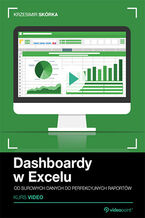

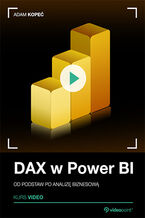

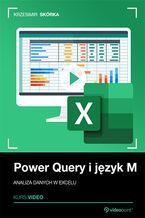

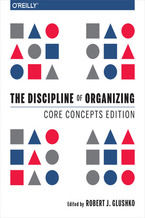

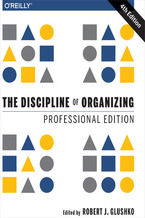
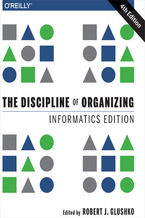
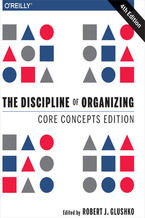





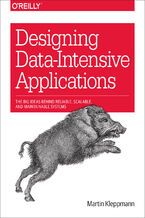
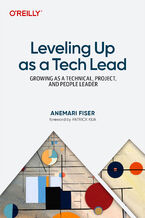
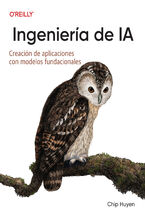
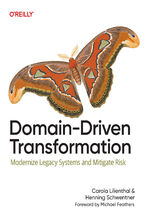

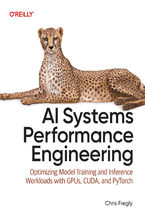
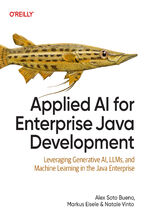
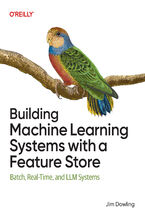
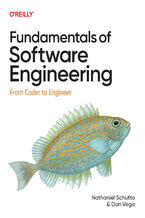
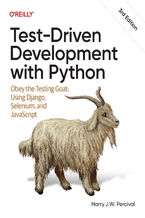



Oceny i opinie klientów: The Discipline of Organizing: Professional Edition Robert J. Glushko
(0)